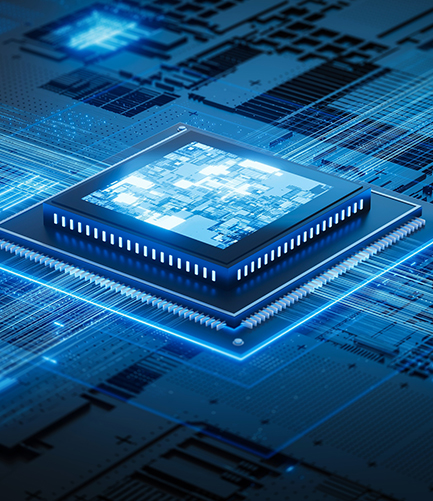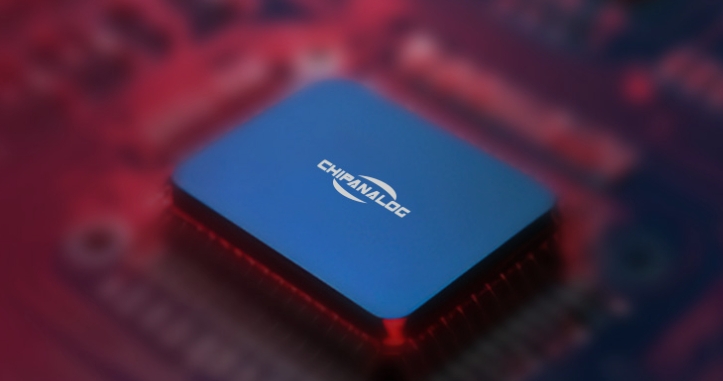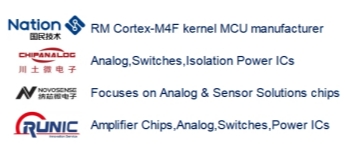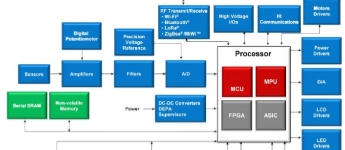Blog
National Technology Invited to Participate in 2024 Intel
Draw a blueprint together! National Technology Invited to Participate in 2024 Intel ® LOEM Summit
November 5-7, 2024, Intel 2024 ® The LOEM Summit was grandly held in Bangkok, Thailand, and National Technology Co., Ltd. (hereinafter referred to as "National Technology"), as Intel's global partner, was invited to participate in the summit.
This summit provides an important platform for 200 Intel business partners from around the world to enhance communication and connection, share development experiences, and actively explore new opportunities in the future. Taking this opportunity, National Technology showcased its fourth generation trusted computing chip NS350, high-precision metering battery management chip NB401, and related application cases at the summit, showcasing its product capabilities.
NS350 is the fourth generation trusted computing chip of National Technology, which has advantages such as high security, high performance, and great value. It is designed based on 40nm process, supports I2C and SPI interfaces, and provides packaging forms such as QFN32 and QFN16. It complies with China's TCM2.0 trusted password module standard (GM/T 0012-2020) and the international TPM2.0 (Spec 1.59) trusted computing standard. The chip has passed the CC security function testing and security assurance assessment by the international third-party authoritative testing agency THALES/CNES, and has obtained the CC EAL4+certification certificate issued by the French National Agency for Information Systems Security (ANSSI). The chip is compatible with international mainstream operating systems such as Windows, Linux, BSD UNIX, as well as domestic operating systems such as Galaxy Kirin, Tongxin, Fangde, and Shenzhou NetEase Government Edition Windows. It can be used in fields such as PC, server platforms, and embedded systems to protect information system security and effectively resist various attacks from the network.
The national technology collaborative negative electrode material business develops electrochemical battery measurement algorithms, with core technological advantages supporting battery safety measurement and industry-leading high-precision SOC measurement algorithms. It provides AFE, MCU, BMS, and algorithm overall solutions for the consumer, industrial, and automotive electronics fields.
NB401 is a high-precision metering battery management chip launched by National Technology for the consumer market. The product integrates a high-precision power calculation method and has multiple functions such as battery monitoring, metering, protection, and certification. It can support the management and metering of 2-4 series of lithium-ion batteries or lithium polymer batteries. The chip integrates two 16 bit high-precision ADCs for voltage (or temperature) and current acquisition, as well as hardware protection and wake-up functions. It supports SMBus communication, intelligent charging management, and multiple safety certifications, with ultra-low power consumption characteristics, which can meet the needs of most battery management or metering applications in the consumer electronics field. It is suitable for battery pack applications in electronic devices such as laptops, tablets, mobile phones, cameras, drones, power tools, and power banks.





